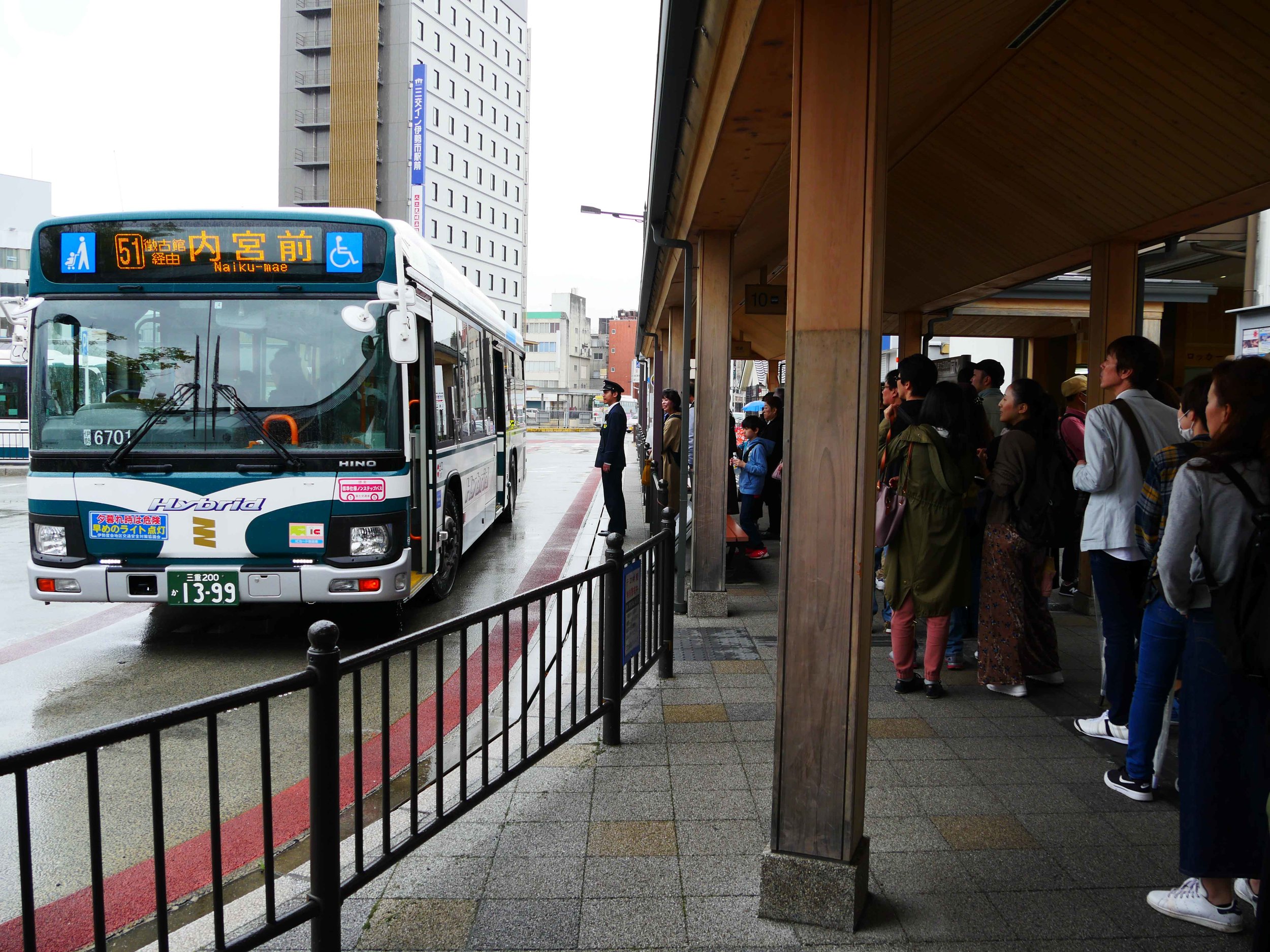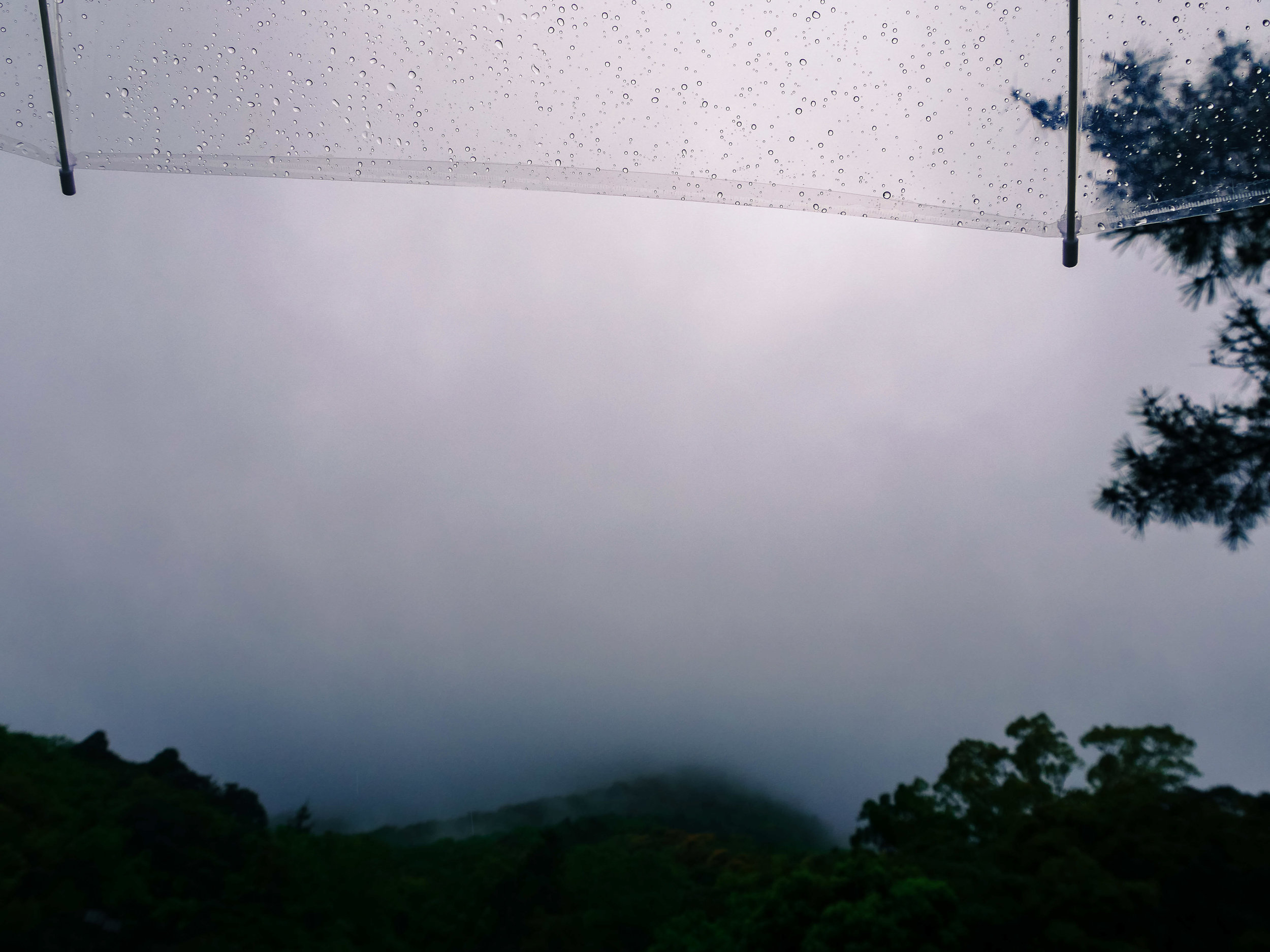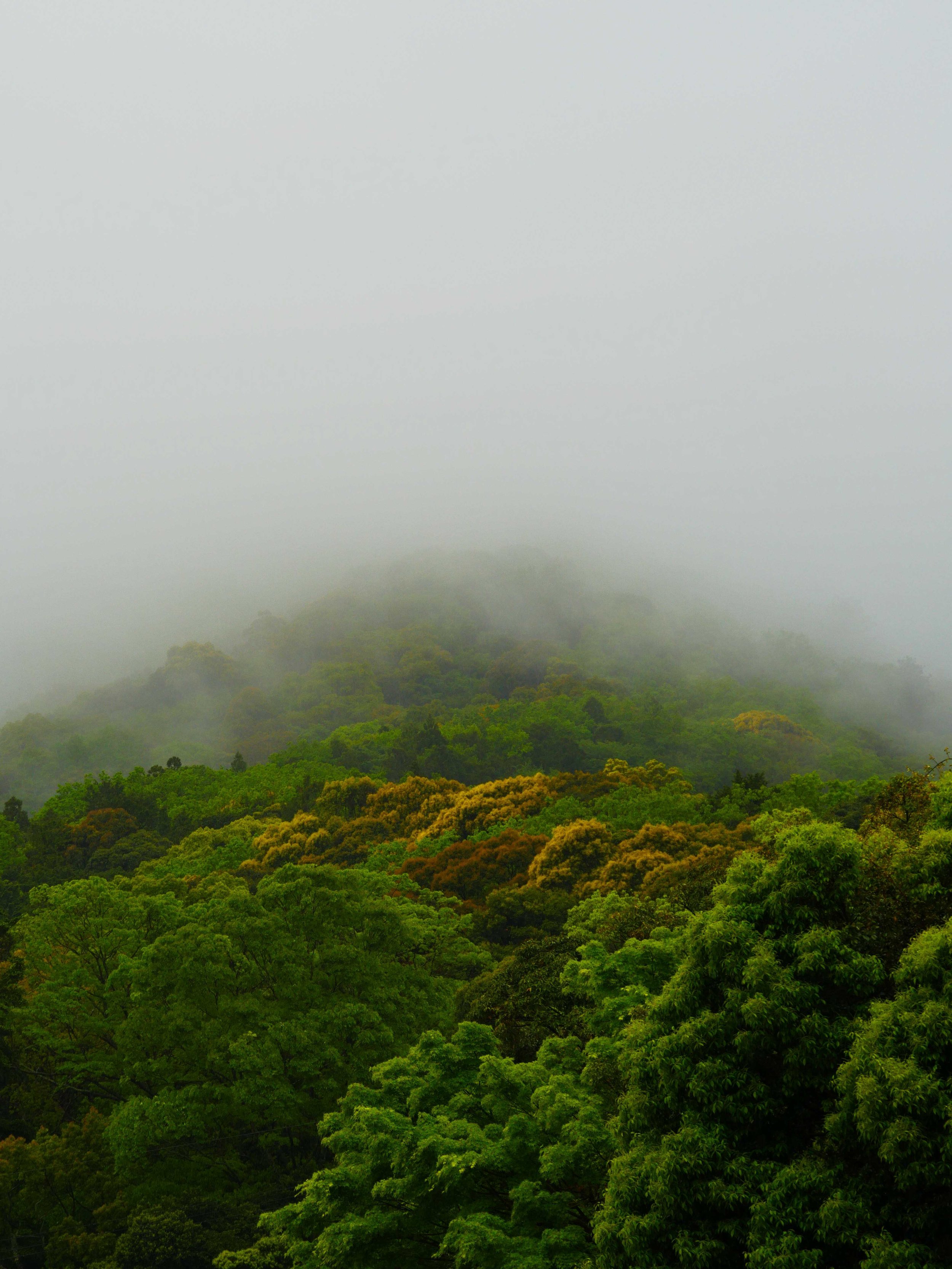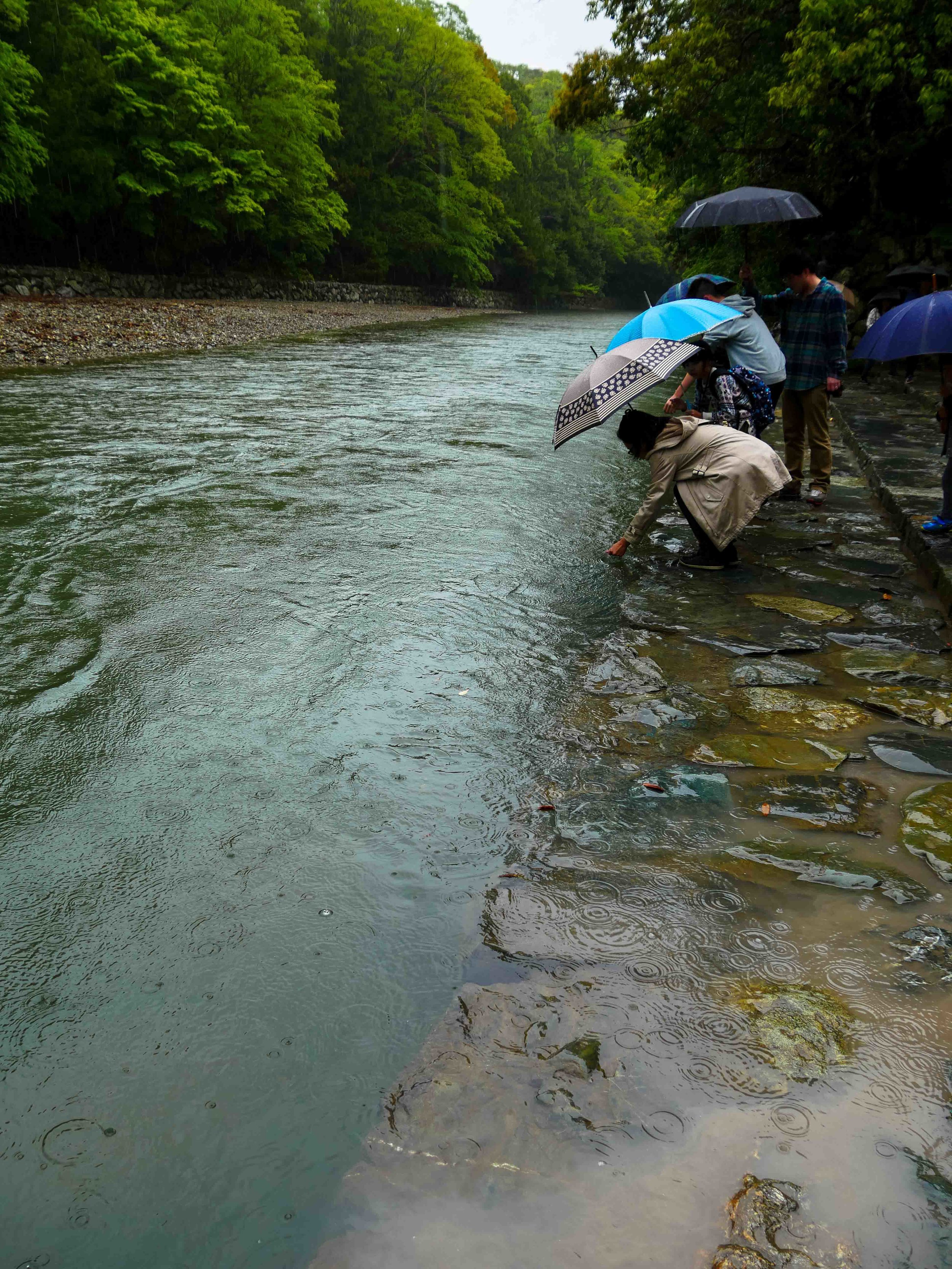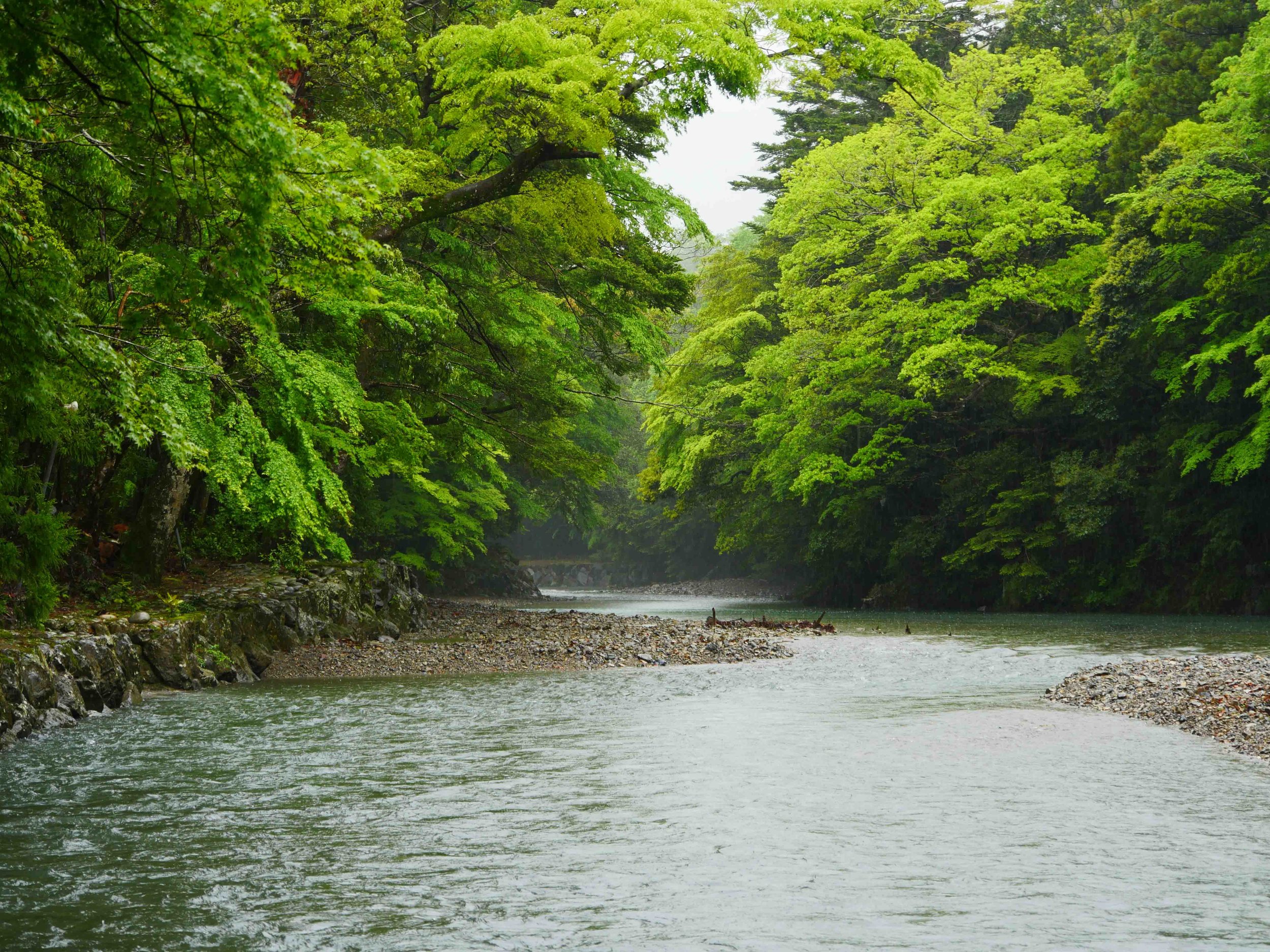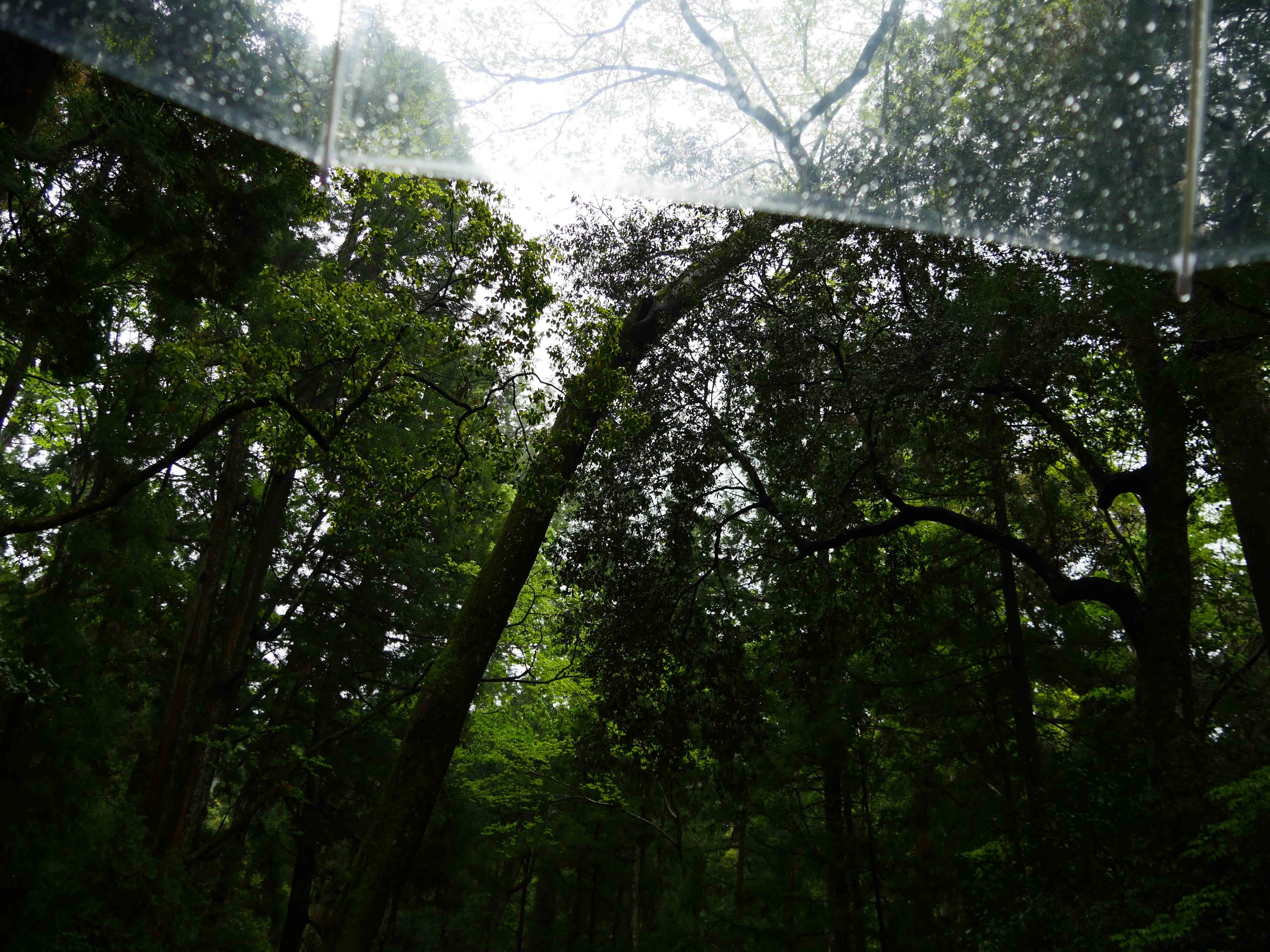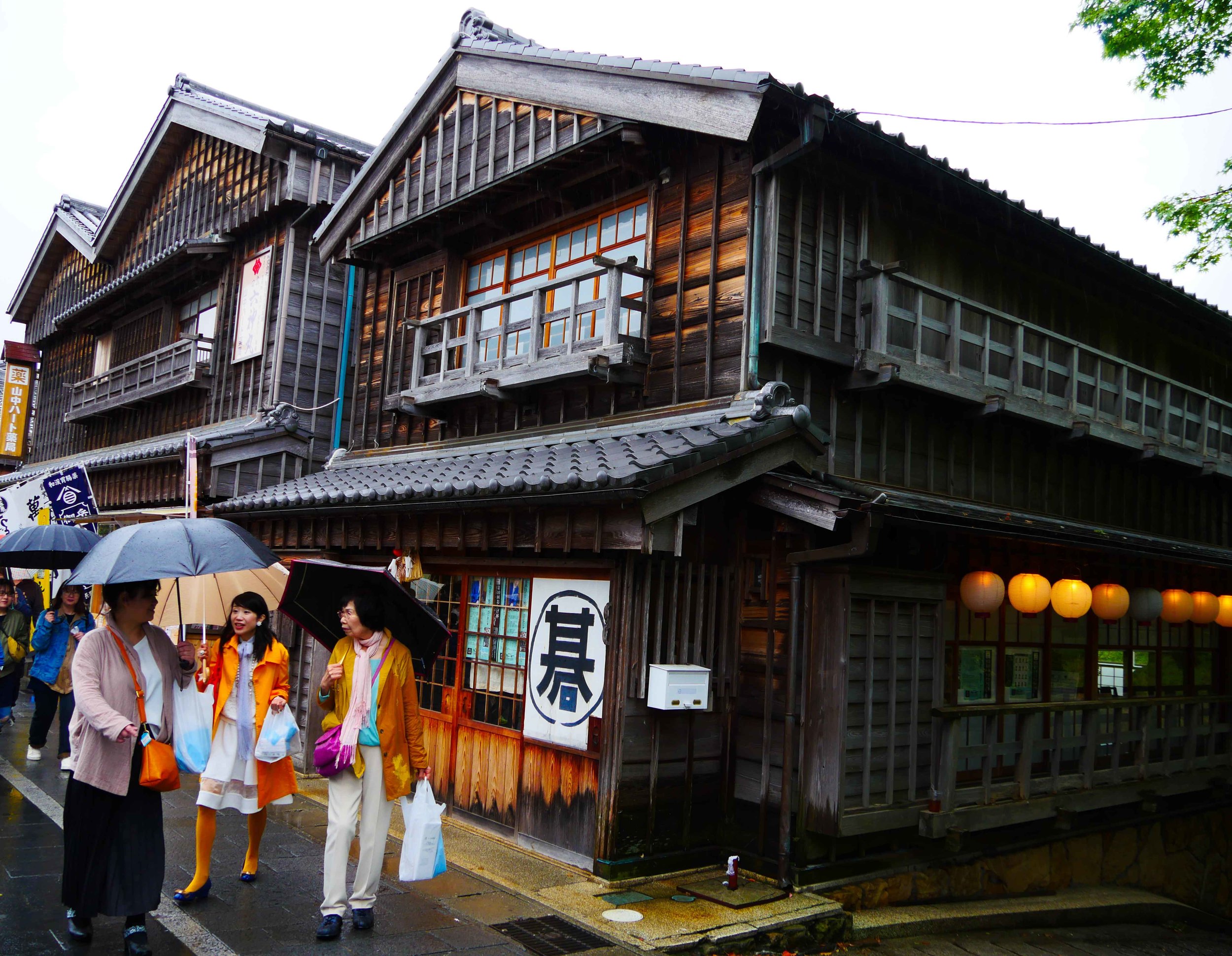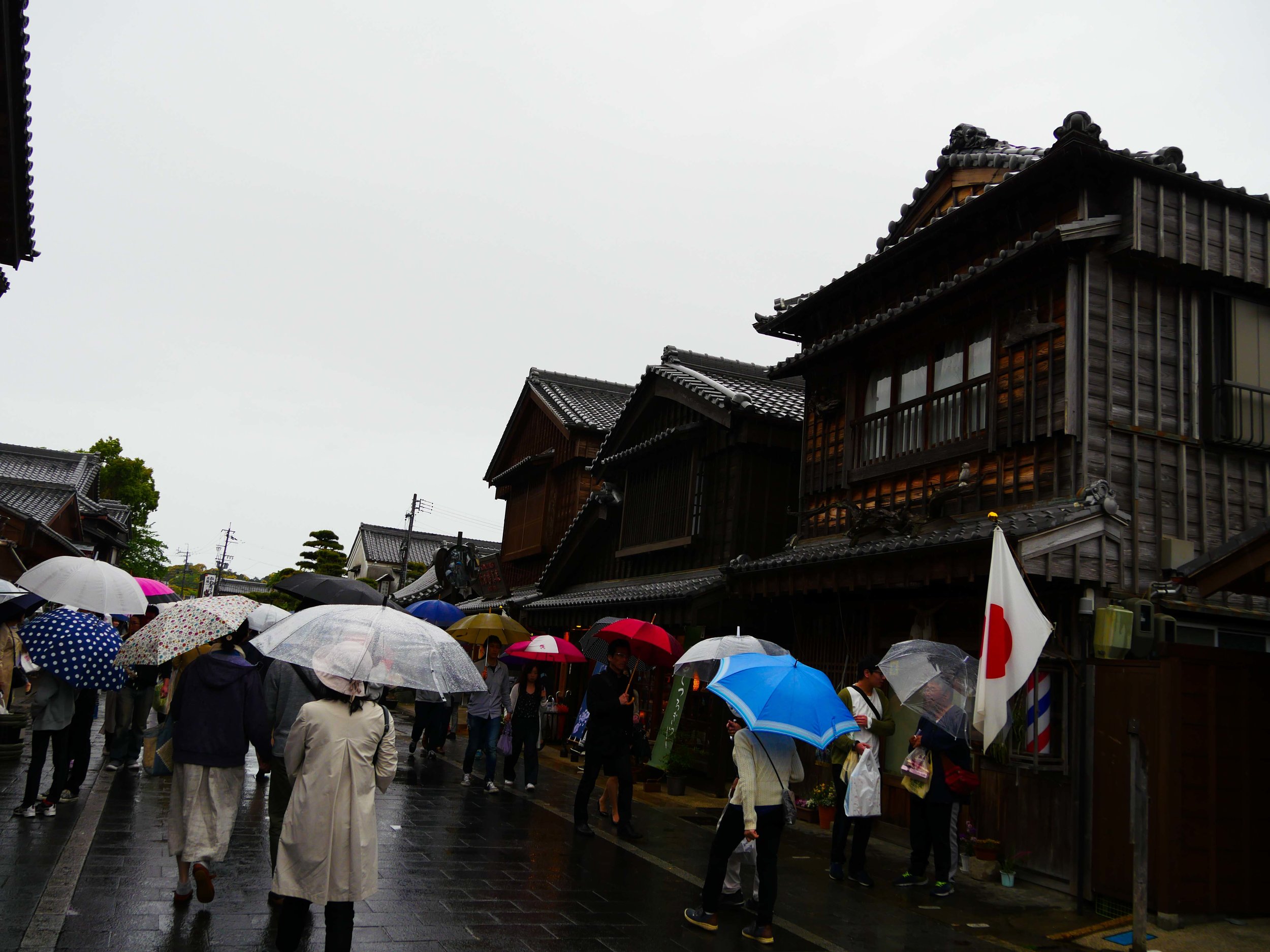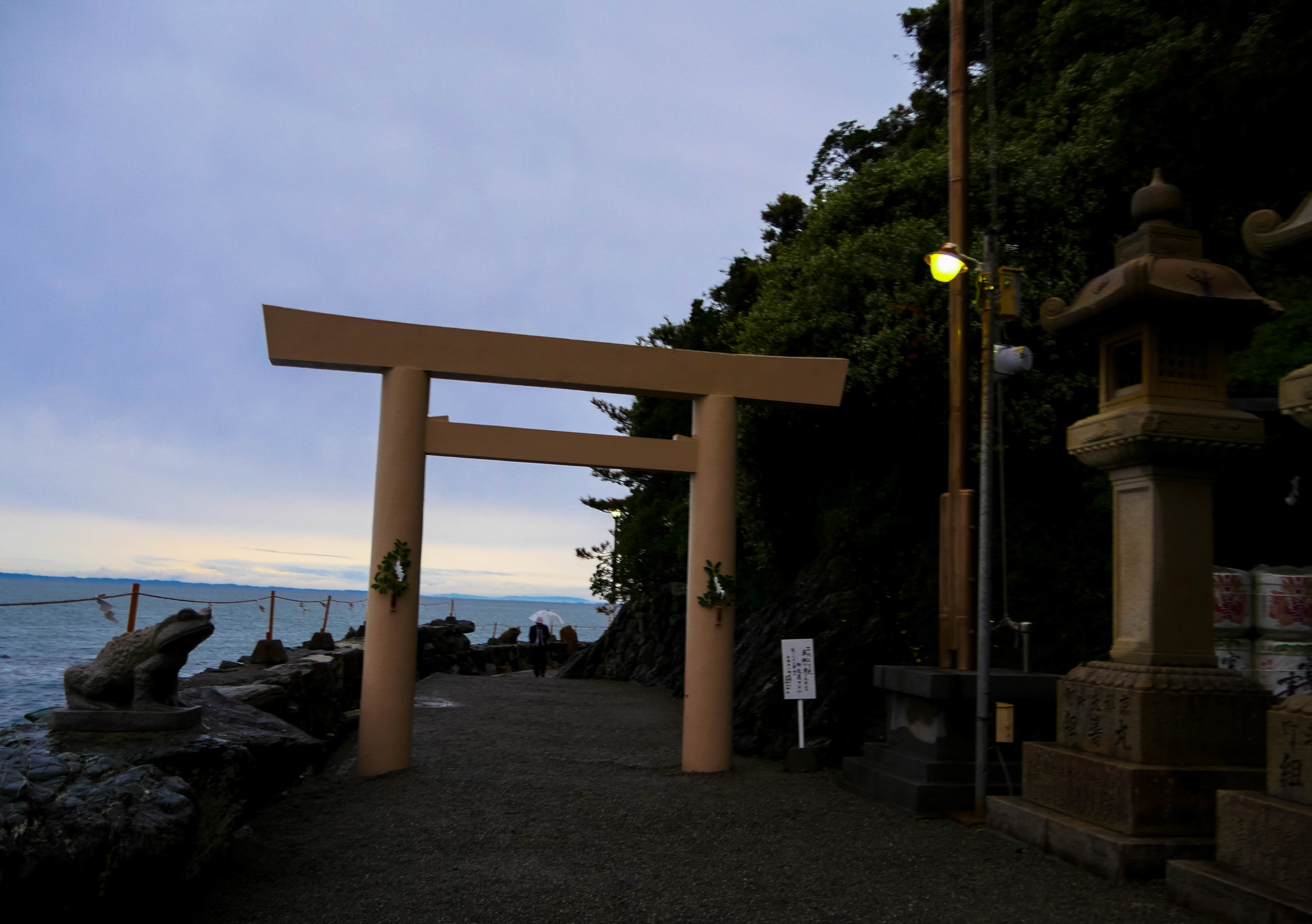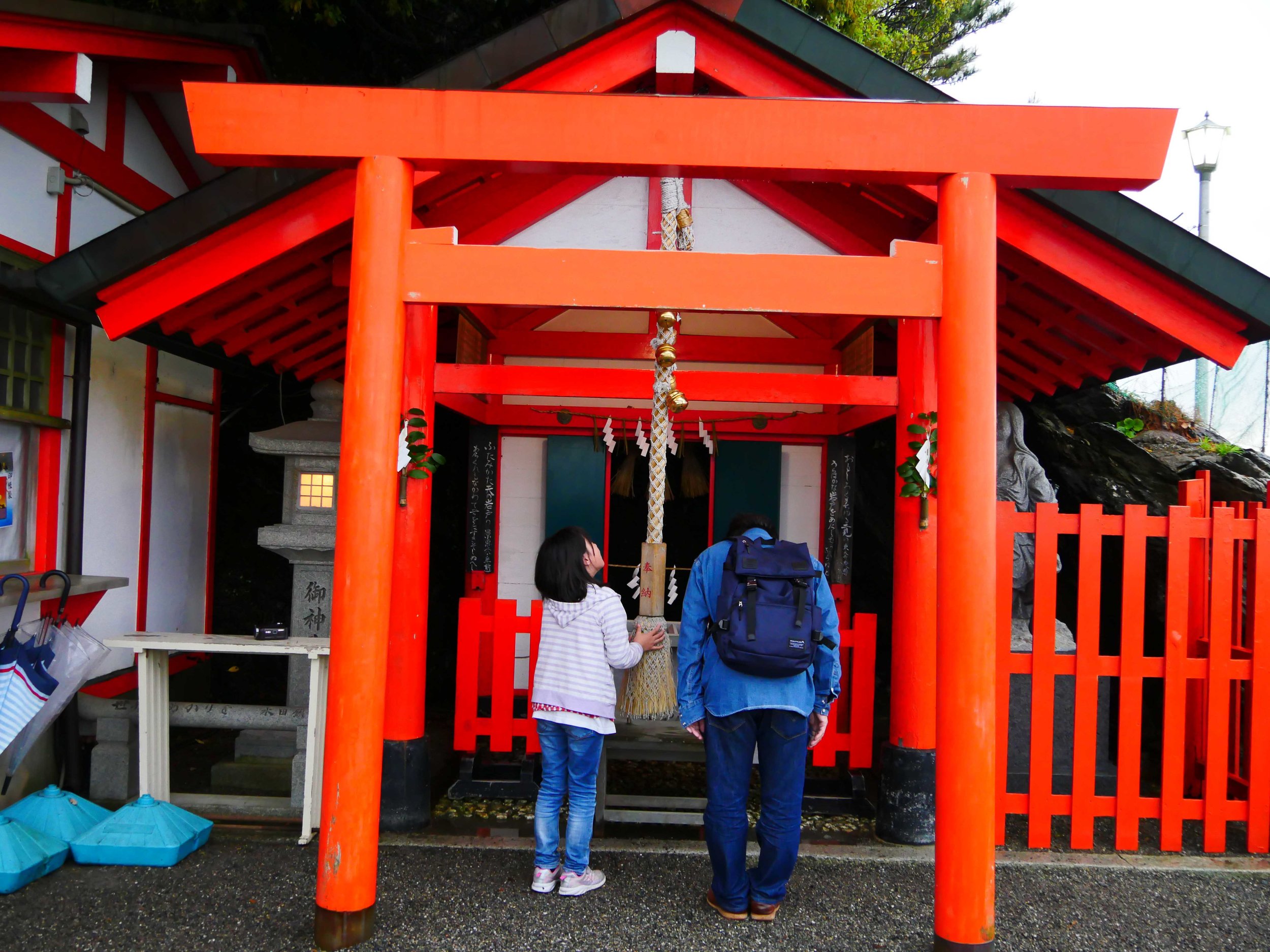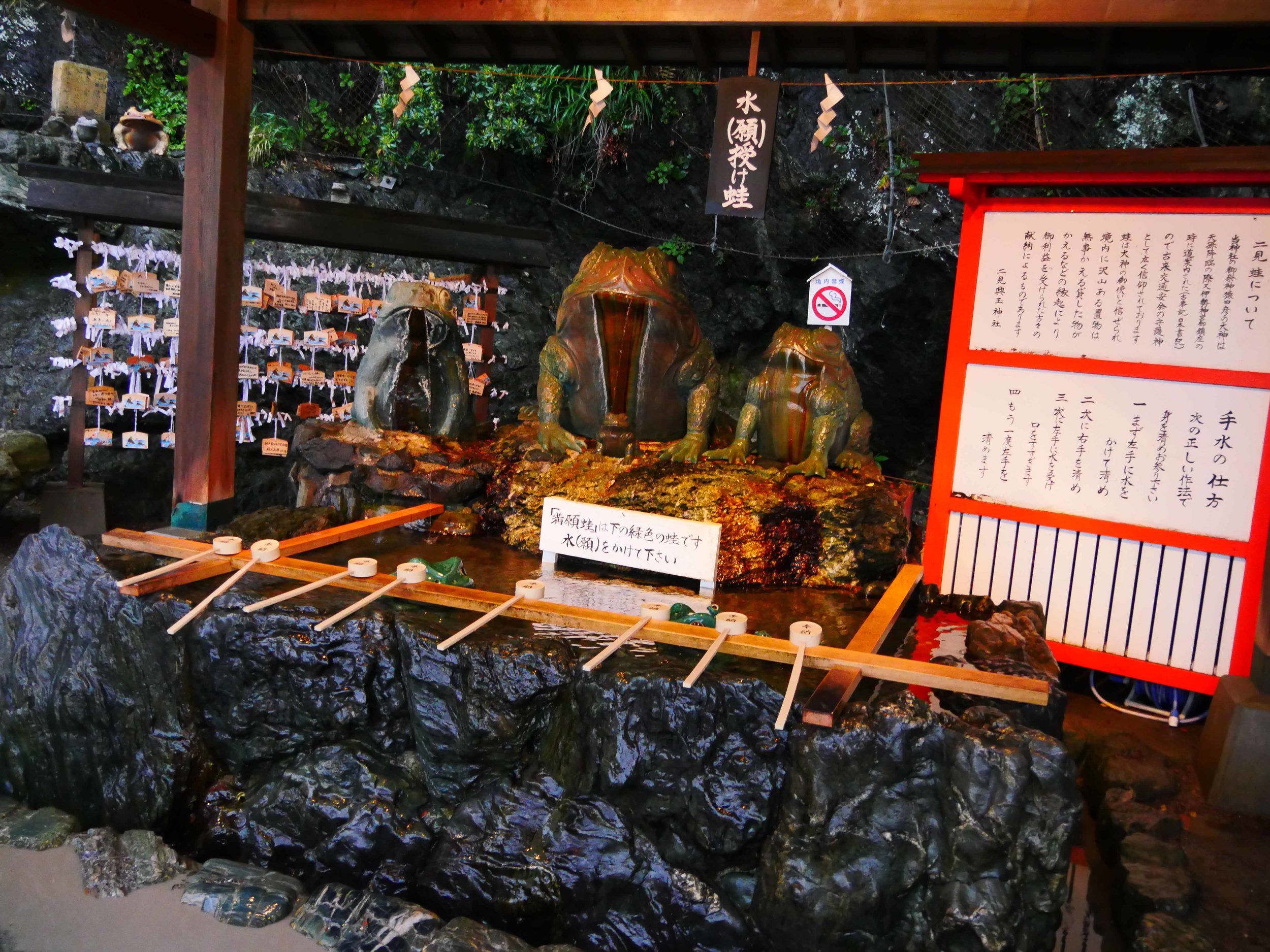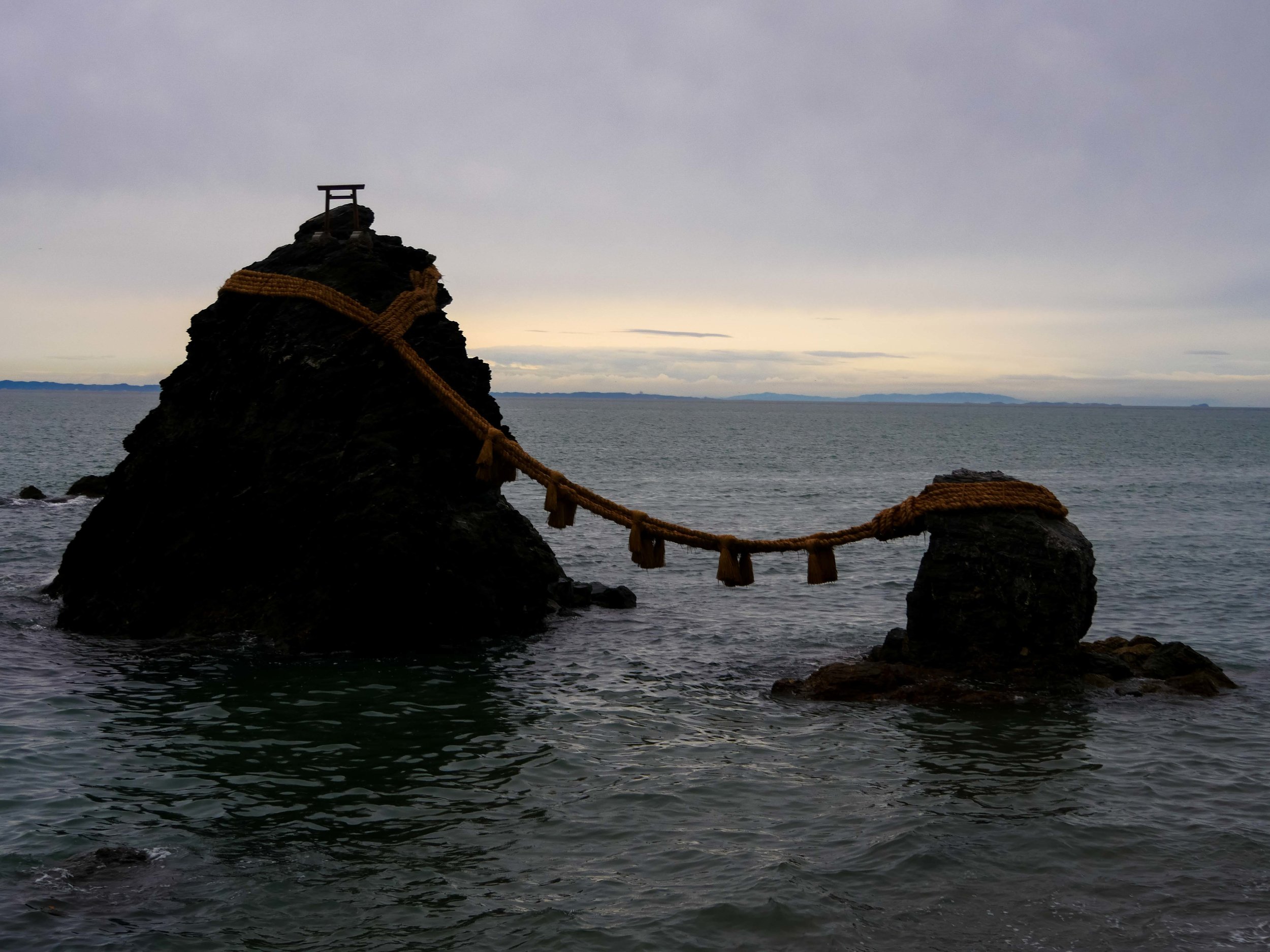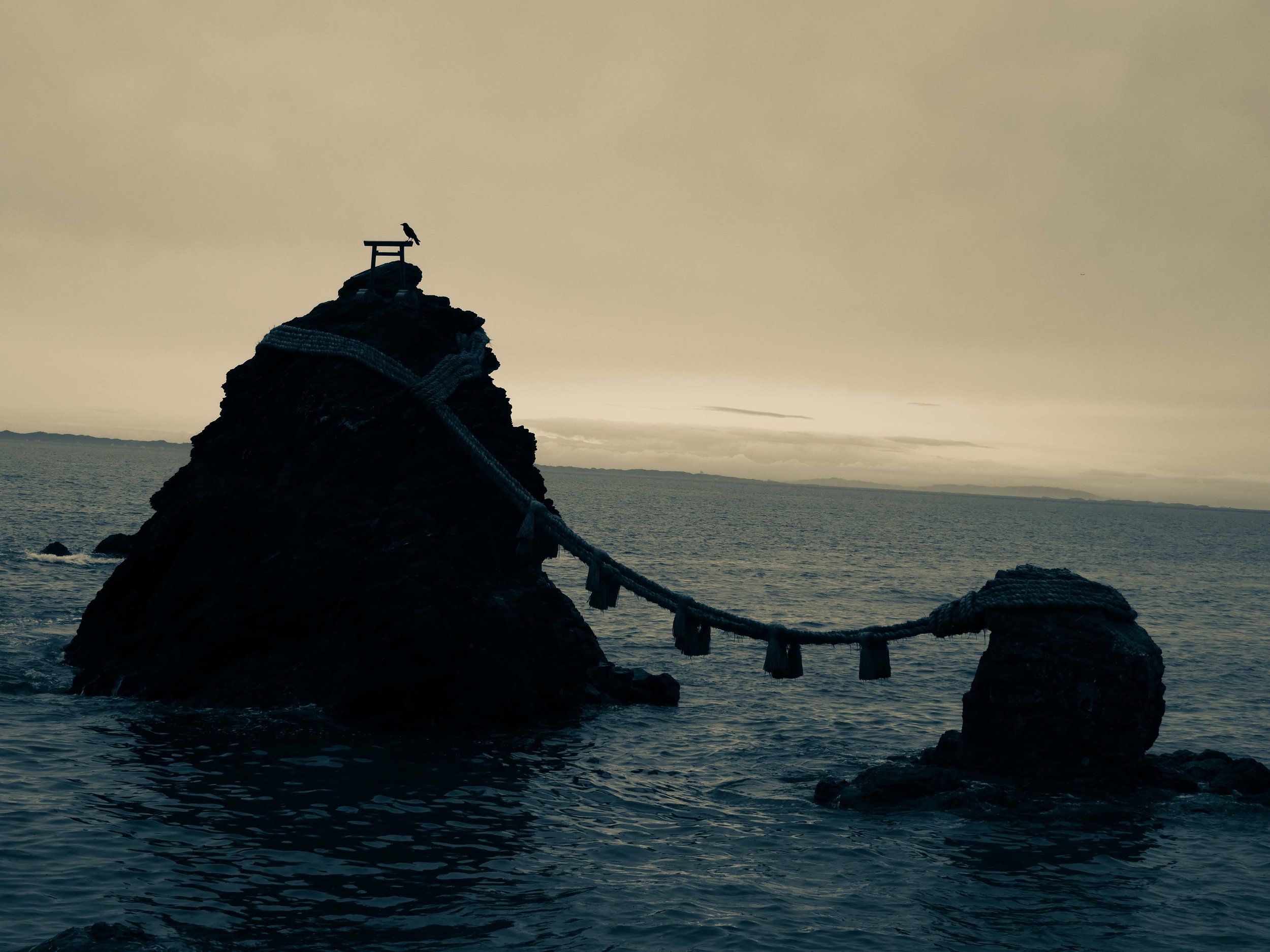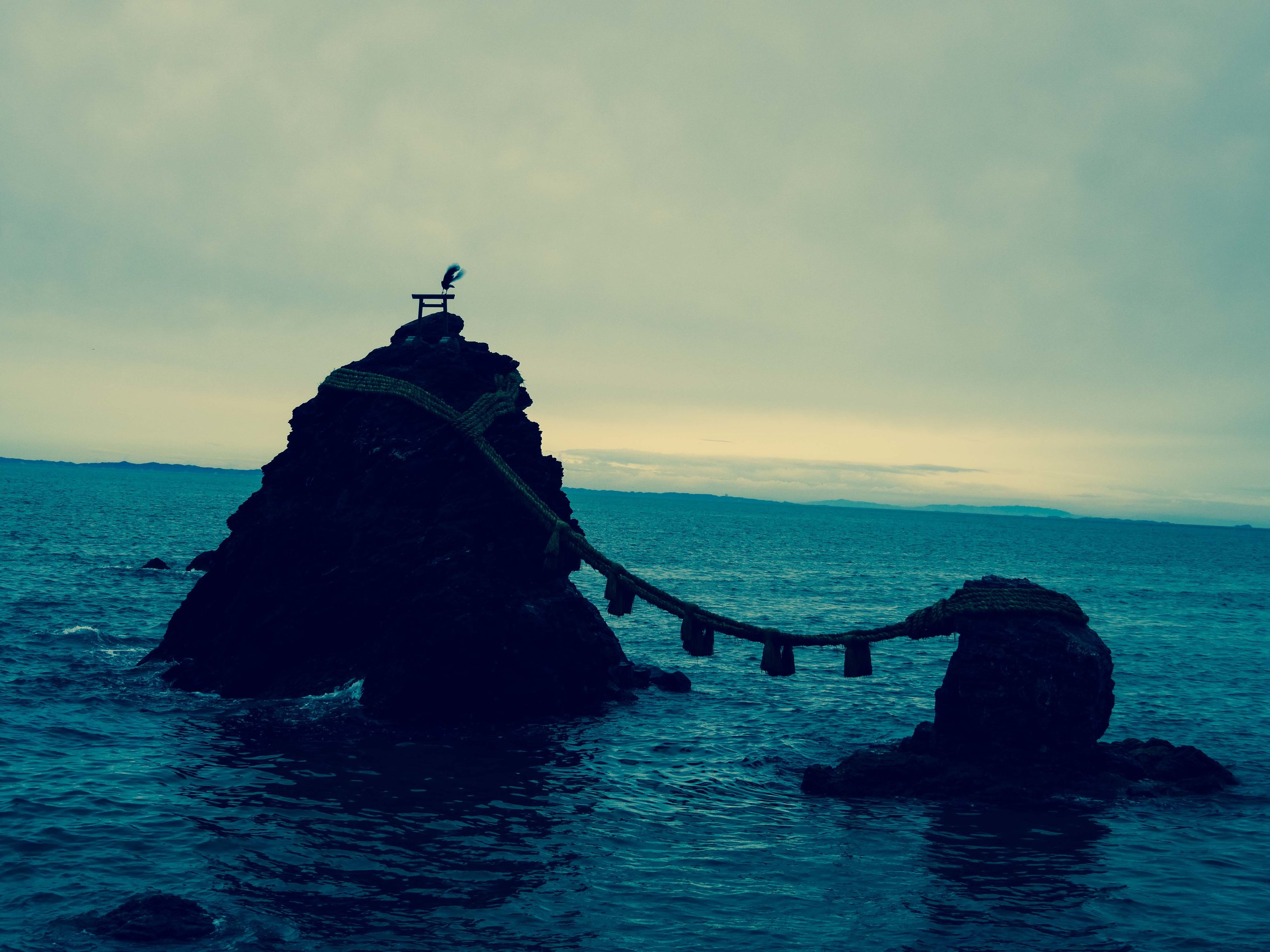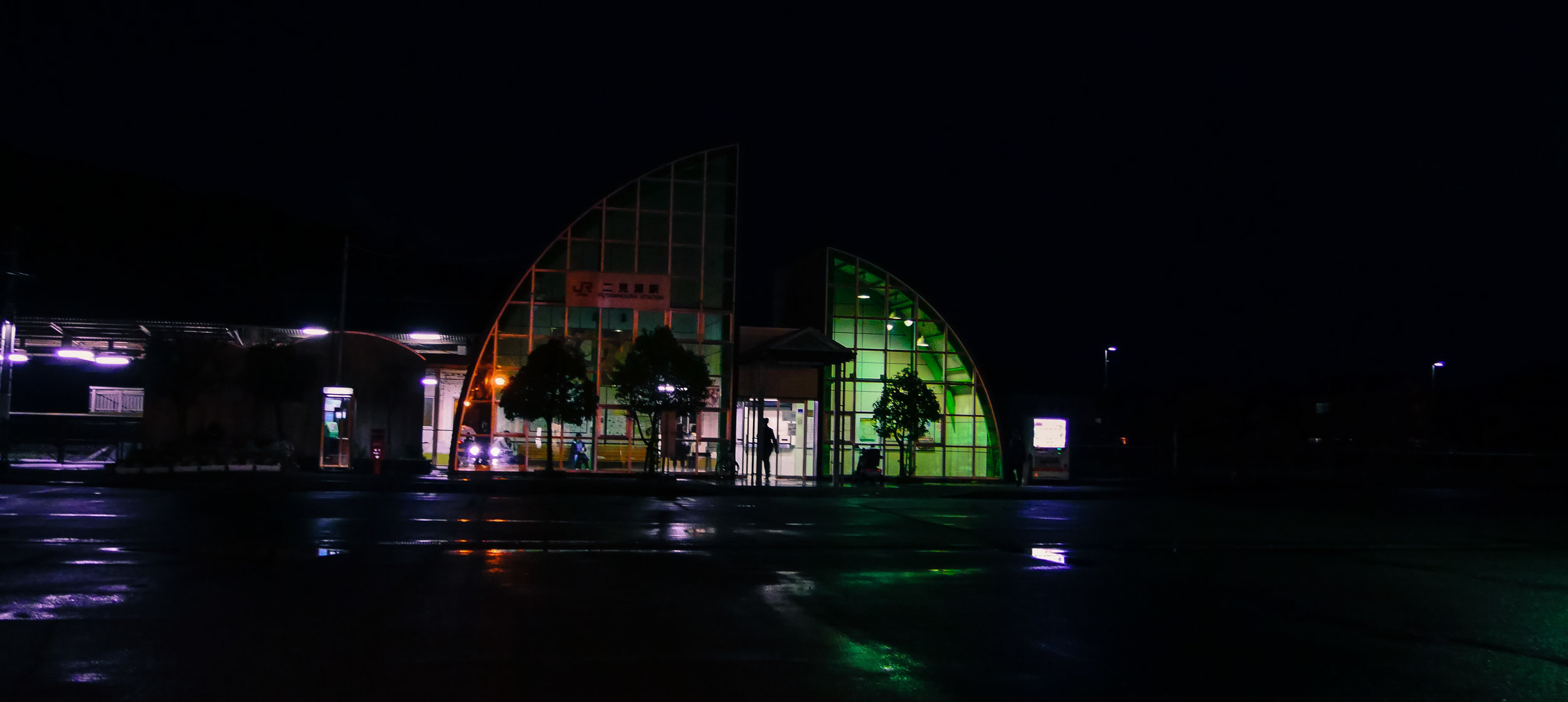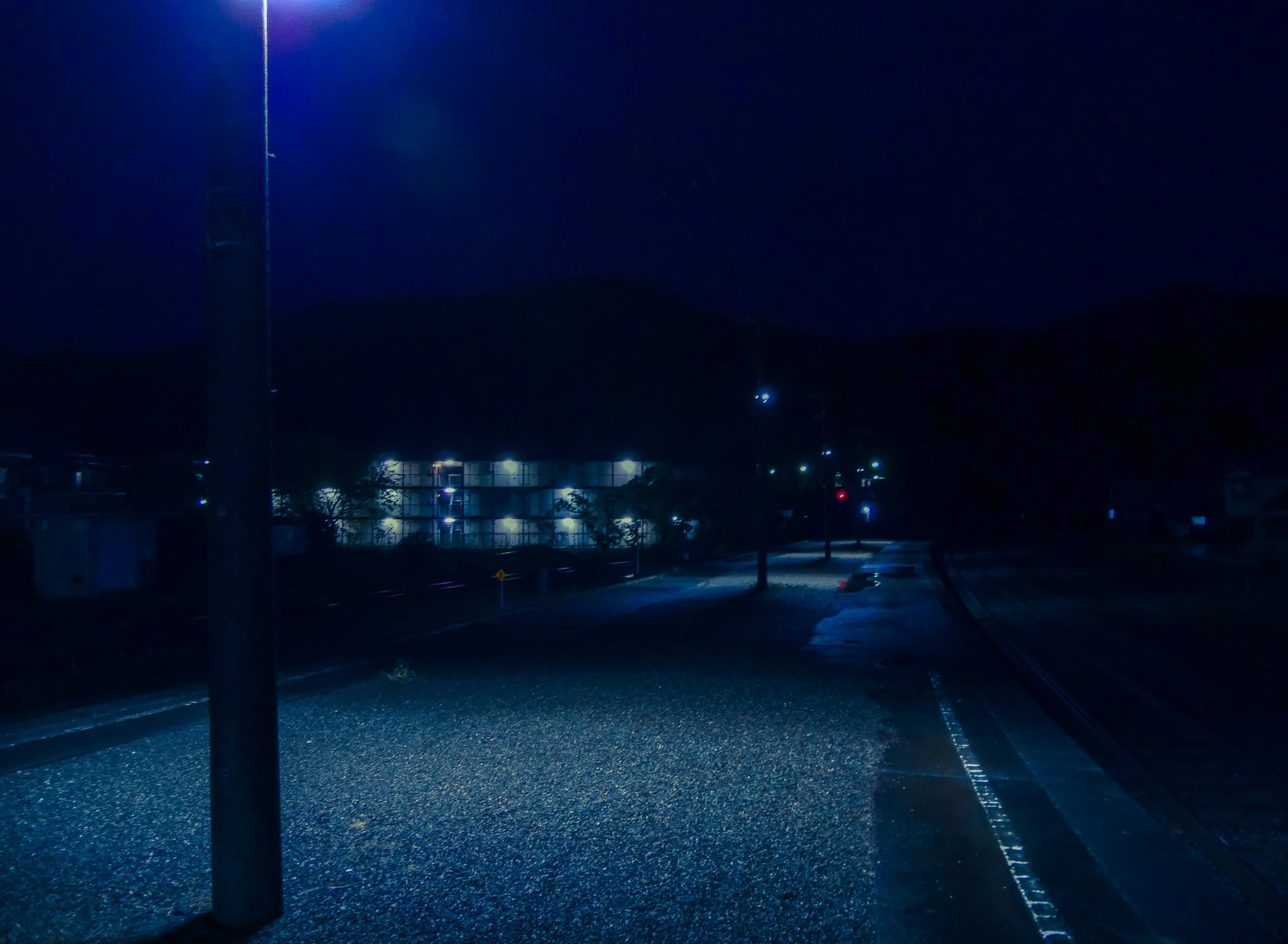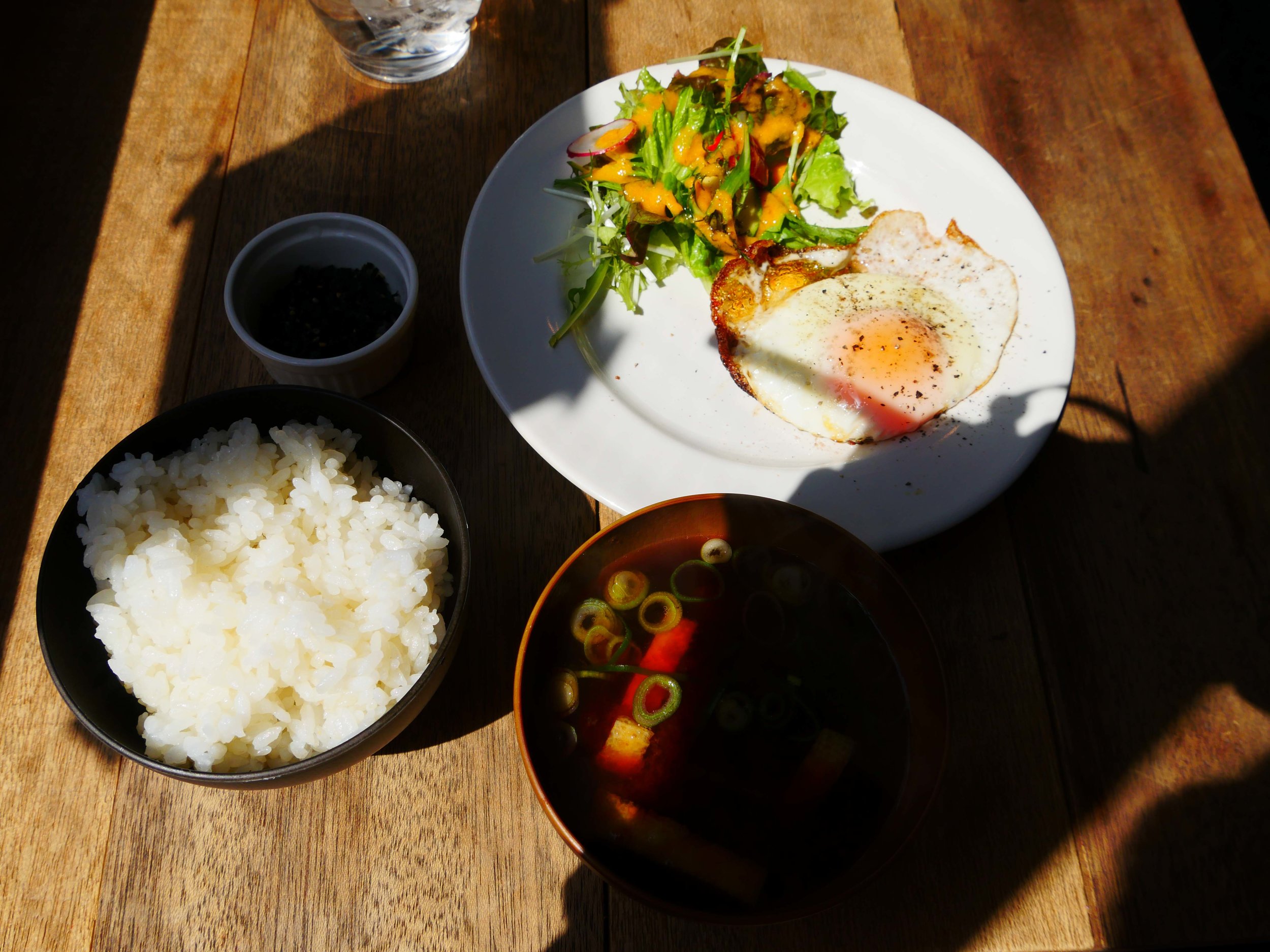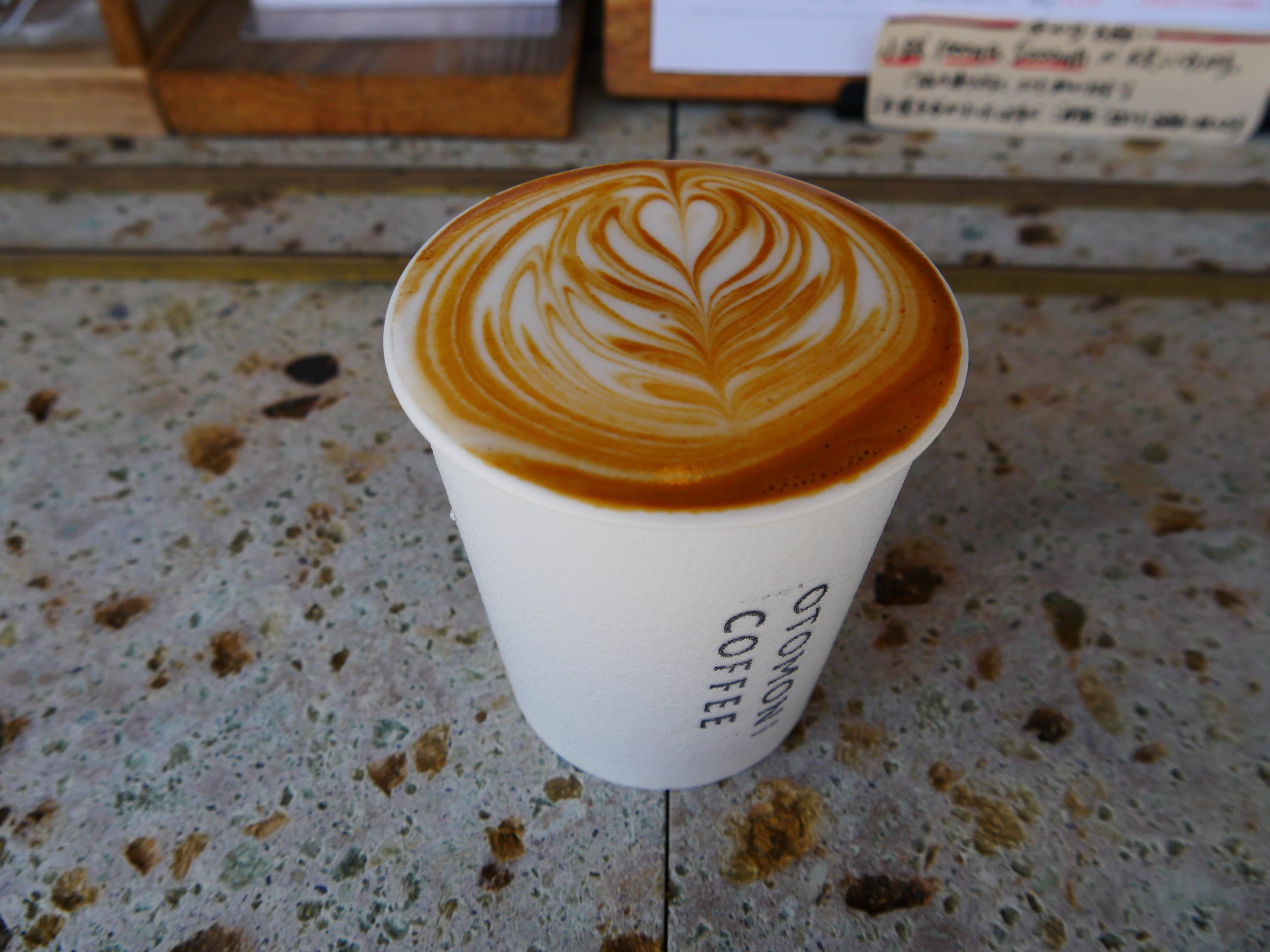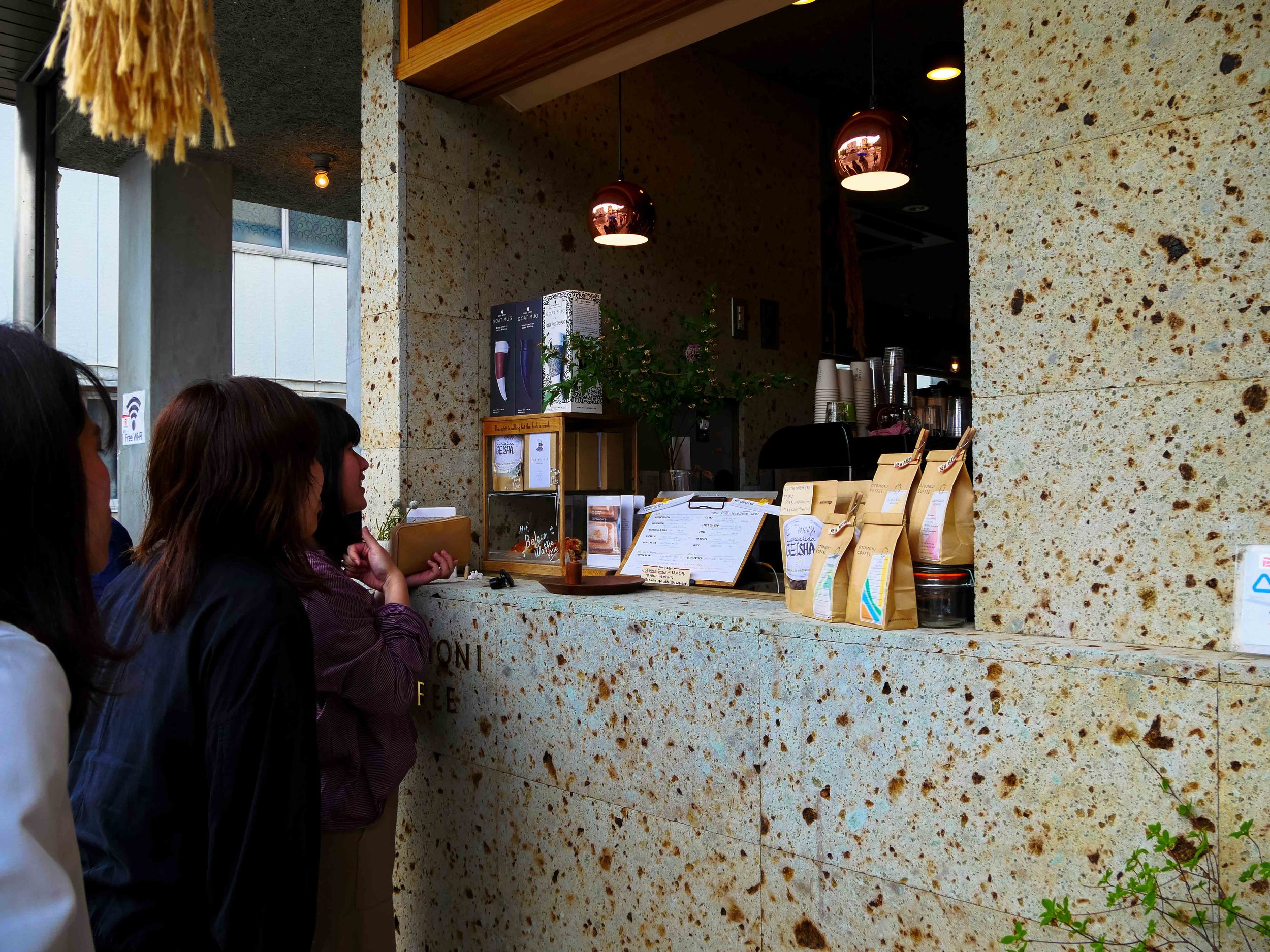line break
May 1, 2019, was the first day of the Reiwa era in Japan. To mark the occasion, the Golden Week holiday period was unusually extended over 10 days this year. This meant crowds everywhere, as well as inflated prices for accommodation and travel. I spent the first days of Golden Week in Osaka, where the crowds made the city centre pretty impossible to navigate. I thought it would be better to head somewhere quieter and booked a nice-looking hostel in Matsusaka, a small city in Mie prefecture (not that far away from Osaka, just on the opposite side of the Kii peninsula). So I ended up taking a Kintetsu limited express train from Osaka to Matsusaka on the morning of May 1.
While Matsusaka itself is small, it’s very close to some of Japan’s most famous sights. After leaving my things in the hostel in the early afternoon, I decided to head to Ise, which was just a couple of stops away on the local line. However, I soon realised this was not a great idea, because the crowds were insane (I really don’t know why I ever though it would be a good idea).
Era transitions are quite a big deal in Japan. The custom of naming eras dates from the 7th century, and the modern system of “one reign, one era name” (一世一元) has been used since Meiji (1868). Imperial transitions haven’t occurred that often in modern Japanese history, since emperors tend to be pretty long-lived - two of the most recent eras lasted from 1926 to 1989 (Shouwa) and 1989 to this year (Heisei). Of course, the previous emperor didn’t actually die, but rather chose to abdicate, which was highly unusual. In any case, the era system is not just used for tracking the passage of time - it’s also used to collectively create narratives of a certain time period.
This is similar to the tendency to conceive of societal developments in terms of decades, which often actually extend over the numerical borders of those decades. Statements like “the 60s died in 1968” or phrases like “the long 90s” exemplify this tendency. In Japan, this notion of decades co-exists with the notion of imperial eras, which tend to last longer and therefore come to be filled with an even larger scope of different ideas and developments. As time passes, the concept of an era often shrinks to a more and more narrow stereotype, with maximum efficiency and little room for nuance. Similarly to how the 60s now signifies “counterculture and sexual liberation”, the Shouwa era as a whole often signifies the post-war economic boom and anything that feels ‘retro’, like a shabby café filled with chain-smoking salarymen in a rundown shopping street. Anyways, I think it’s very interesting to see how the idea of Heisei develops going forward, now that it’s becoming a plaything of history.
Of the new Reiwa era, I don’t really have much to say, because it’s only just begun. I wasn’t really overjoyed when I heard the name announcement. Era names are chosen by a panel of experts and drawn from classical poetry. Reiwa is an unusual name, because it has been selected from Japanese classical literature, while every previous era name has been drawn from a Chinese classic. The poem these characters are drawn from is quite lovely - “于時、初春令月、氣淑風和、梅披鏡前之粉、蘭薫珮後之香”, which has been translated to “It is now the choice month of early spring, the weather is fine, the wind is soft. The plum blossom opens”.
However, looking at the characters themselves, it’s a slightly different story. In its modern usage, the first character ‘令’ means ‘command/order’, both as a stand-alone word and as part of many compound words. The second character ‘和’ has many different meanings depending on the context, but the most common are ‘gentle/harmonious’ and ‘Japan’. 和 ‘Wa’ is a historical abbreviation for Japan and is commonly used in words like 和食 ‘washoku’, “Japanese-style food”, and 和服 ‘wafuku’, “Japanese-style clothes”. This effectively means that the characters 令和 can be read as ‘commanding Japan’. The Foreign Ministry offered an official translation of ‘Beautiful Harmony’, eager to dispel the notion that 令和 might have an authoritarian connotation. However, I think it needs to be acknowledged that this connotation exists, and it’s obvious to anyone with basic Japanese literacy - several Japanese scholars have also voiced this. The choice of era names is not supposed to be political, and the choosing panel is not affiliated with the government. However, it seems more plausible than not that the current political atmosphere of a given time would have some influence on the decision of the panel. While I would have preferred a name without such connotations, I think it’s also important to note that the name doesn’t have any direct political consequences. It may reflect the zeitgeist but it hardly has the power to change it. What Reiwa becomes depends on the people.
To finally get back to my travel diary - I found myself at Ise station on the first day of Reiwa, despairing at the sight of huge crowds wanting to get to the Ise grand shrine for a lucky new-era visit. The first day of a new Japanese era is comparable to the New Year, except it’s more rare and therefore an even bigger deal. The local buses were severely over capacity, and I ended up having to wait for over an hour. I considered walking, too, but it would have been a 5km walk in very heavy rain, so I opted for reading a book in the shelter of the station corridor.
After finally reaching the inner shrine, I felt glad to be there. Covered in mist and rain, the shrine grounds felt particularly otherworldly, and even though I was surrounded by a sea of umbrellas, the atmosphere was very calm.
The Ise grand shrine is really a large complex of multiple shrines and temples, and I spent a long while walking around the grounds, watching people praying and priests performing ceremonies. Maybe because I’ve never been religious at all, I find it very interesting to visit places of worship, while also feeling a bit uneasy about it. I would like to understand the feeling of spirituality. I guess sometimes visiting sacred places as an irreligious person feels inappropriate, like entering a space that’s not meant for me. But I want to approach them with respect and openness, and I hope that’s enough. In Japan, I do feel like many people have a very flexible view on religion, which I appreciate. It makes me feel less like I’m crossing a strict boundary when entering a place that has a religious meaning. Of course, this has a strong cultural aspect as well - but I don’t really feel any more at home in the religion that’s supposed to be my own. Although thoughts like this sometimes makes me feel awkward when visiting a church or a temple while travelling, I mainly just felt glad to be at Ise shrine on a day like this, listening to the rain and hushed words beneath umbrellas.
After visiting the shrines, I walked through Okage Yokochou, the neighbouring shopping street. It was so crowded I could barely move, and finding food was difficult, because all the shops were full. The feeling of crowdedness was exacerbated by the umbrellas spreading out in every direction. The old buildings were beautiful, though, and I would really like to visit again at a less busy time.
Having lost the willpower to face another long wait for a seat on the bus, I decided to just walk back to the train station. I took the local train a couple of stops further down to Futamiura. In stark contrast to Ise, it felt completely empty - about three other people got off the train, and the station was completely unmanned. This was a bit surprising, because the station is close to the Meoto-iwa rocks, a very famous attraction; I didn’t mind in the slightest, though. The 1-km walk from the station to the shore was nice and quiet.
The Futamiokitama shrine, located by the sea, is noted for its frog statues. It also had long lines of people waiting for goshuuin (temple stamps) marking the first day of Reiwa, which was a bit surprising, since the train station had been so quiet. I got there around dusk, so I guess I’d just missed the rush and saw the tail end of the crowds.
The reason I wanted to visit wasn’t the frogs but the rocks in the sea, just by the temple. The meoto-iwa, or ‘married rocks’, are two rocks bound to each other by a very heavy rope. They are thought to symbolise Izanami and Izanagi, the gods of creation in Japanese mythology. I stayed and watched the sea get dark.
On my way back, I noticed the Futamiura train station is designed to resemble the Meoto-iwa. The station is really quiet and doesn’t have any permanent staff, just a sign instructing people to buy tickets in their point of destination or departure instead. I had to wait for the train back to Matsusaka for a long while, but I didn’t mind, as the evening was warm and calm.
After getting back to the hostel, I decided to have dinner in the restaurant downstairs, since they had a discount for people staying overnight. This turned out to be a very good decision. The food was great - they had an Italian menu, and the pasta was some of the best I’ve ever eaten (which is really unusual for Japan). The staff was also really nice, and I ended up talking with them until late. The next morning, I decided to have my breakfast in the adjoining café, and it was equally delicious. This was really a strangely ‘trendy’ spot for Matsusaka, while still feeling very cosy.
After breakfast, I walked back to the station and headed to Kyoto for the second time during my trip, this time for a few more days.

